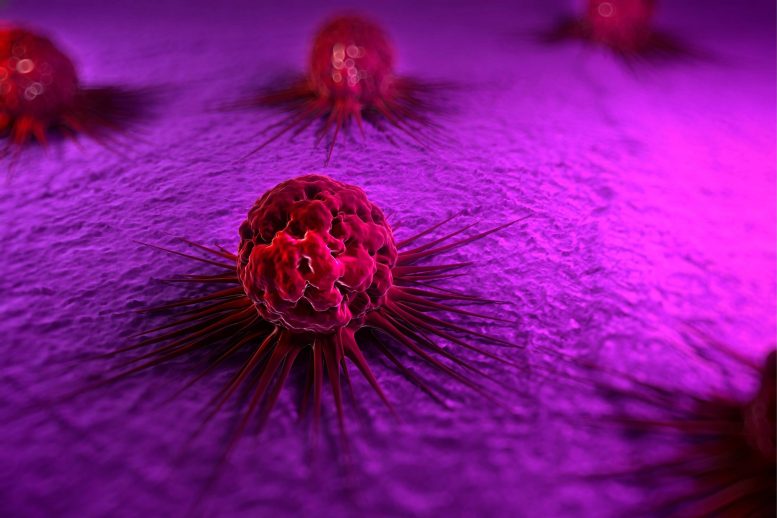
Cancer is a group of diseases characterized by the uncontrolled growth and spread of abnormal cells in the body. There are many types of cancer, each with its own set of symptoms and treatment options. Some common types of cancer include breast cancer, lung cancer, and colon cancer. Cancer can be treated with a variety of methods, including chemotherapy, radiation therapy, surgery, and targeted therapies.
A group of researchers from the University of Waterloo has created a new method for scheduling treatments for heterogeneous tumors.
Researchers at the University of Waterloo have developed a new method for scheduling radiation therapy that could be significantly more effective at killing cancer cells than traditional treatment regimens. This new approach takes into account the fact that tumors are composed of various types of cells, including cancer stem cells, which are particularly resistant to radiation.
Many previous studies on optimizing radiation treatment schedules have assumed that all cancer cells are the same, but this new method accounts for the heterogeneous nature of tumors and could lead to better patient outcomes. The researchers estimate that this new method could be up to 22% more effective at killing cancer cells.
“The problem with any calculation involving cancer is that it’s super hard to get exact values because things vary from cancer type to cancer type, patient to patient, even within the tumor,” said Cameron Meaney, a Ph.D. candidate in Applied Mathematics at Waterloo and the lead researcher on the study.
This new algorithm can generalize the differing radiation resistances of stem cells and non-stem cells, allowing doctors to predict how a tumor will respond to treatment before gathering exact data on an individual’s cancer.
The model has limitations, Meaney explained, as tumors contain far more than two kinds of cells. What it does, however, is provide clinical researchers with a better starting point for treatment research.
“The results of the algorithm are important because they shed light on the idea that heterogeneity in tumors matters for planning treatment,” Meaney said.
The next step the researchers hope to see is an application of their algorithm to clinical studies: will their suggested therapy schedule outperform existing scheduling practices in a lab trial?
Reference: “Temporal optimization of radiation therapy to heterogeneous tumour populations and cancer stem cells” by Cameron Meaney, Mohammad Kohandel and Arian Novruzi, 13 October 2022, Journal of Mathematical Biology.
DOI: 10.1007/s00285-022-01819-y

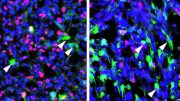
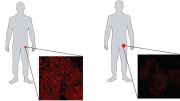
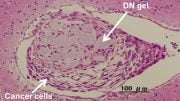
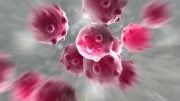




Be the first to comment on "22% More Effective: Using Math To Treat Cancer"